Saws are a necessity if you work with wood. Whether you are a beginner or a pro, the tools you use can make a big difference in your craft. But the problem is, you can’t just get any saw and call it a day. You need to get the specific saw that fits your needs.
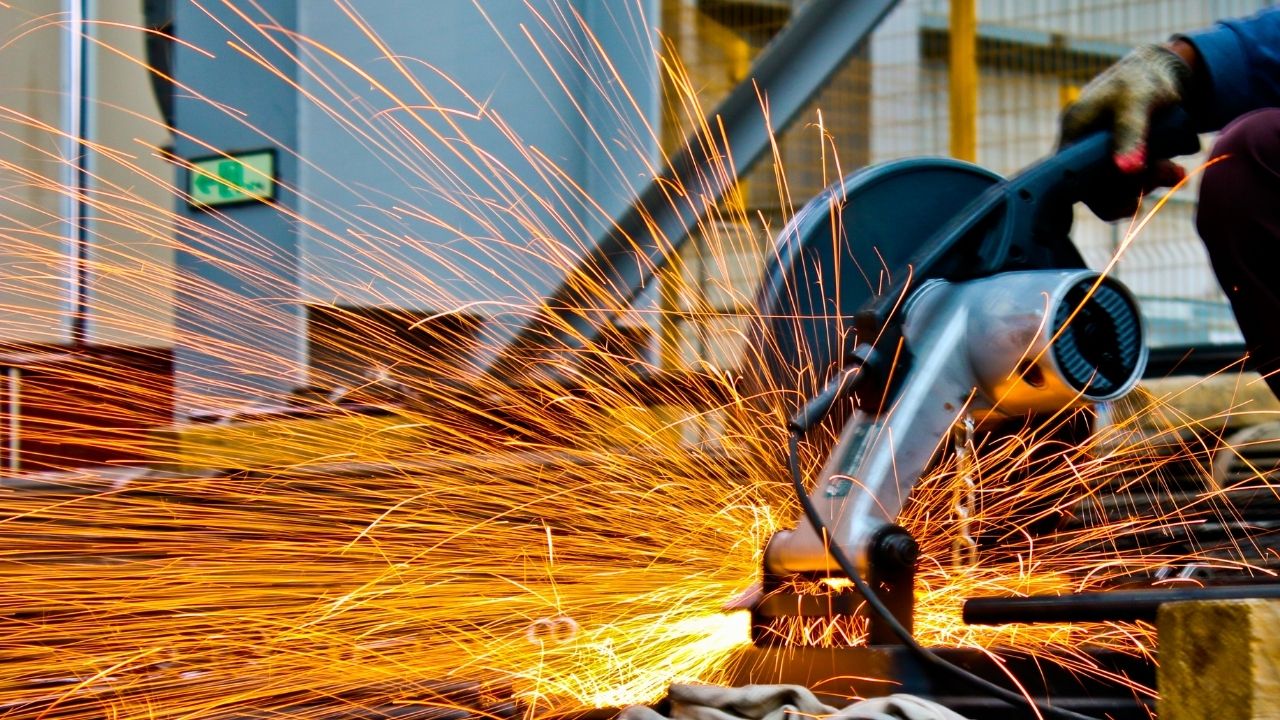
Getting the right saw is considered getting fifty percent done of making a wooden craft. For instance, you wouldn’t ever use a butter knife to cut your steak. Would you? The same goes for wood.
But the problem is there are about 50 types of saws. So it’s normal to get confused about their functions and which one to get. This article outlines the basic features of some standard saws. Match the components to your needs, and you will know which one is suitable for you.
Hand Saw
The hand saw is the most common and necessary saw. Your tool collection is incomplete if you don’t own one of these. If you are just starting or don’t plan to do anything fancy, this might be the only thing you need or a saw. It is a very basic saw. It provides an excellent straight cut.
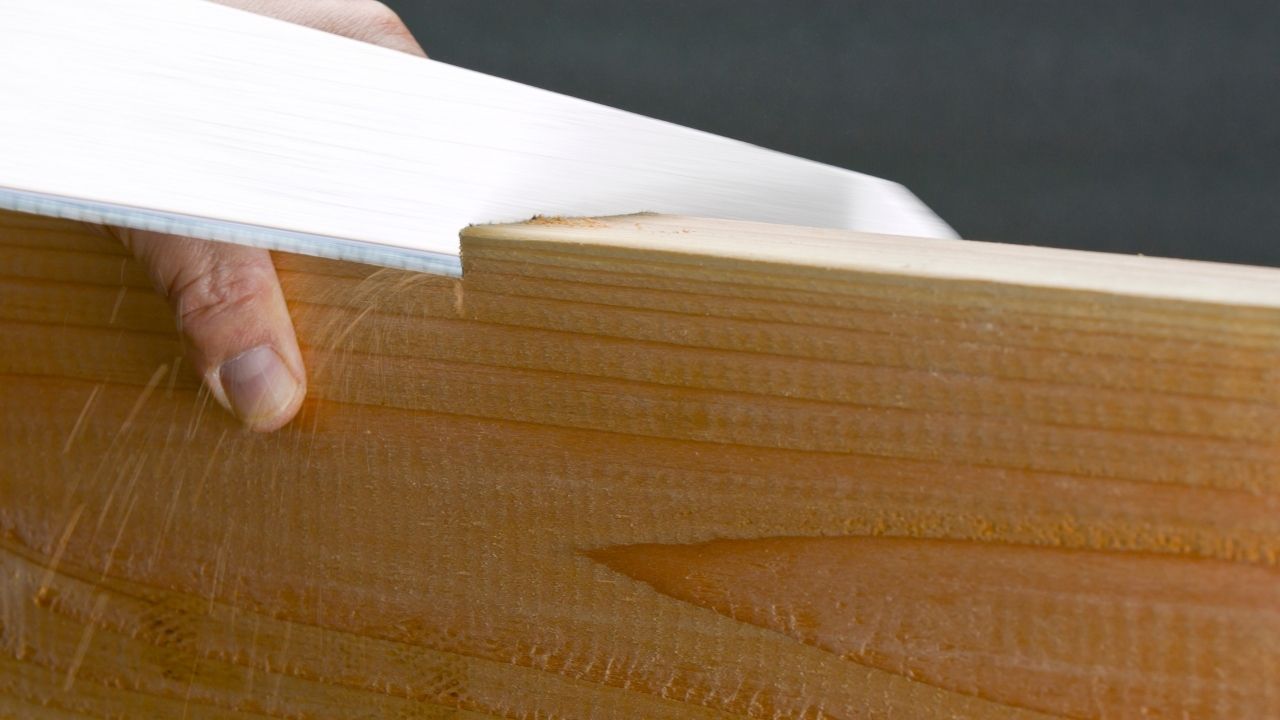
This saw dates back to the Egyptian era. Egyptians are believed to be the first to use it. Though it has evolved throughout these years, it is still a straightforward tool that requires a lot of arm strength.
Bow Saw
Unlike the hand saw, a bow saw offers you more creative freedom. Bow saws are made of relatively long and very thin blades. They have numerous crosscut teeth. These teeth are made to push out the excess material out of the way, which results in a mess-free and exact cut.

Because the blade here is very thin, it is stretched between two handles by a tensioning rod, making it very sturdy. This saw enables you to do much fancy work like circles, half-circles, S shapes, and a lot more.
Band Saw
A band saw is undoubtedly one of the best equipment a woodworker can own. It’s very versatile as well because it offers a wide range of blades available. These are floor standing saws that have a cutting table, which gives a lot of stability and allows you to do a lot of intricate work. You can even resaw using this tool.

If you are looking for these features but don’t have enough space or don’t want to have a standing saw, band saws have portable versions. They offer almost all the same features as the standing ones. As a plus, you can hold it in your hand while working with it.
Keyhole saw
Keyhole saws are relatively short and small saw mainly used for cutting small and precise areas. They are often known as alligator saws. They are great for cutting rough circles or patterns on wood.
You can get two varieties in this saw. One is a fixed blade one, and the other one is retractable. The retractable one lets you change the blade height. You can make it as long or as short as you want according to your need. A shorter blade will help you cut very precisely. But the fixed blade works fine as well.
Jigsaw
Jigsaw is one of the best tools you can get. A jigsaw has a very fine blade. It rotates and goes up and down. It works great for relatively thin material. It can also cut through plywood, metal sheets, or even ceramic tiles. You can find many different blades for jigsaw as well. You need to choose the blade according to the material you need to cut.
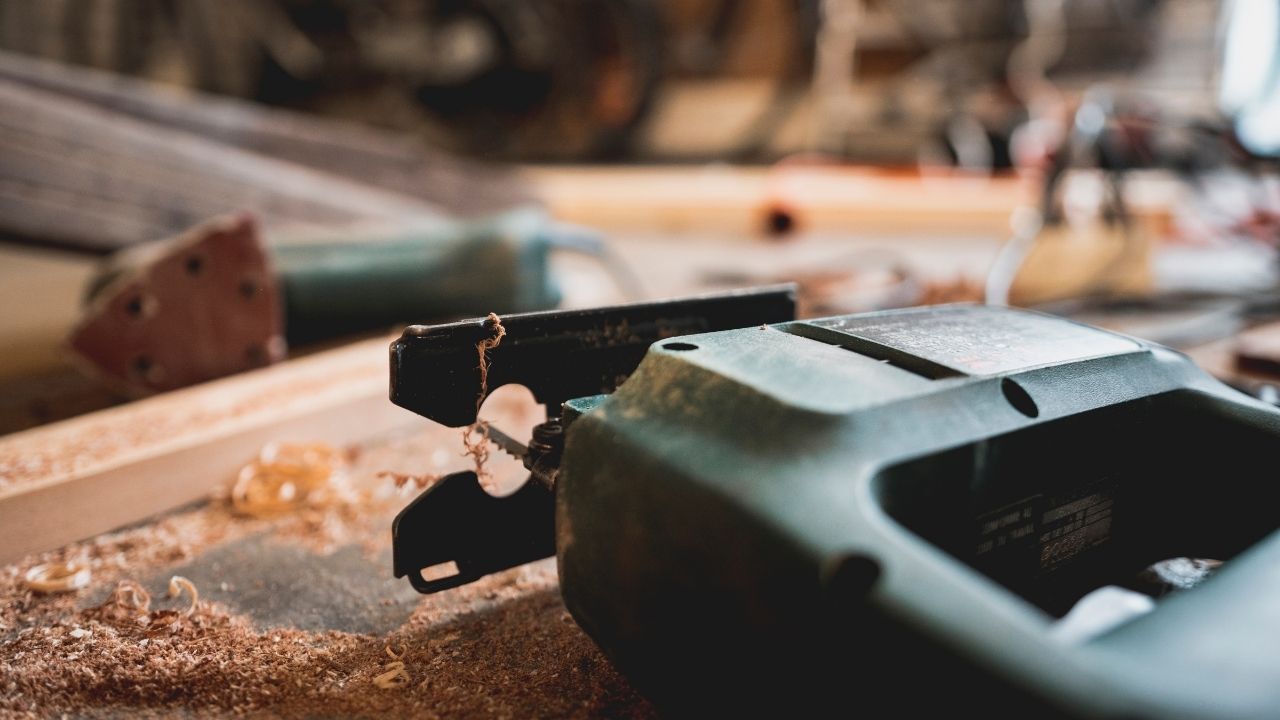
Radium arm saw
A Radium arm saw is one of the most vital tools you can own. It’s very powerful and heavy-duty. You won’t need one of these if you are not planning to do massive projects. Invented by Raymond DeWalt, this features a circular saw and horizontal arm. You can use the arm to adjust where you need to saw.
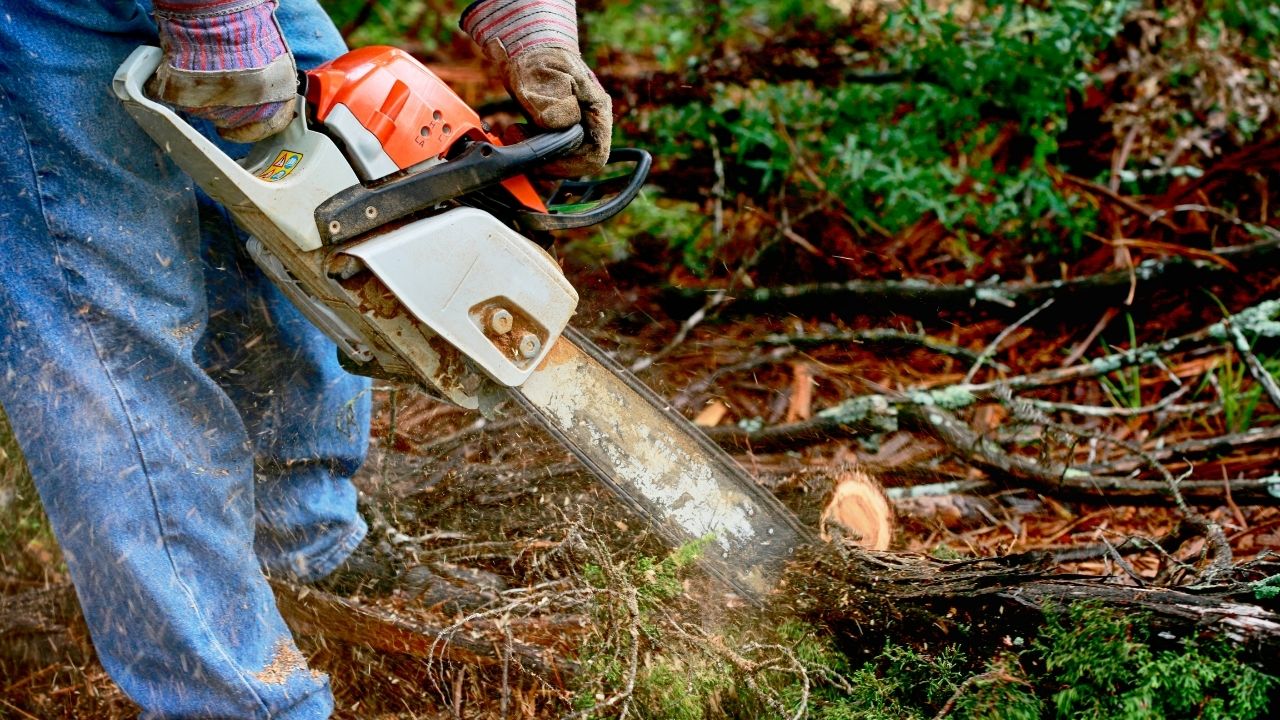
Unless you get different blades, the radium arm saw only offers clean straight cuts. No matter how big the piece is, you probably will be able to chop it up with a radium arm saw. Because this is such a powerful machine, you have to be very careful while working with it. Another thing to keep in mind is that it’s not suitable for woodworking beginners.
Table Saw
Just like the previous one, this also consists of a circular saw. The difference between the previous one and this one is that the previous one had the sawing blades on the arm you could move, and this one has the blade mounted on the table.
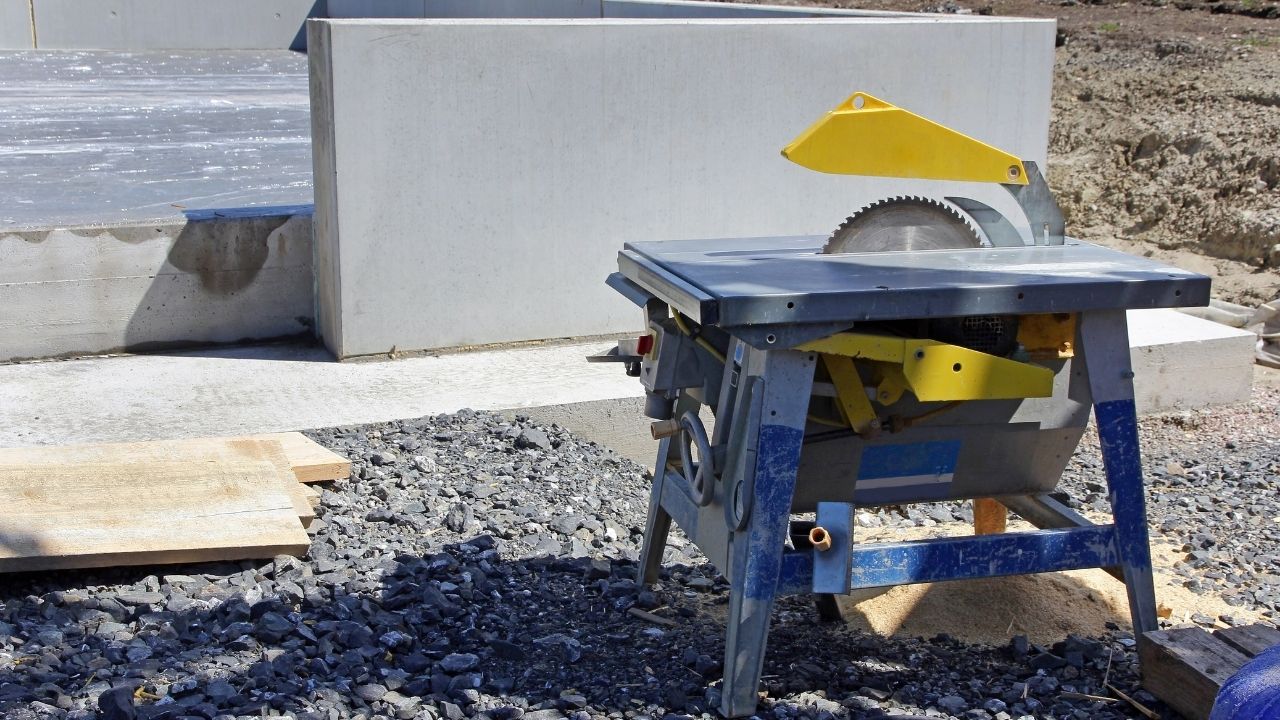
The blade is generally attached to the center of the table. When you are working with it, you turn to switch on, and the blade starts spinning, then you have to push the wood through the blades, and the blade cuts the wood. This saw is a powerful tool, as well. Make sure to maintain all the safety measures.
Track Saw
Track saws are not very common with household woodworkers. It’s more of an industrial tool. A track saw has a circular blade like some of the previous ones. The sawing blade is attached to a very long gliding rale. This saw may sound like the table saw, but they are quite different. Unlike the table saw, the blades here move through the rails or tracks.
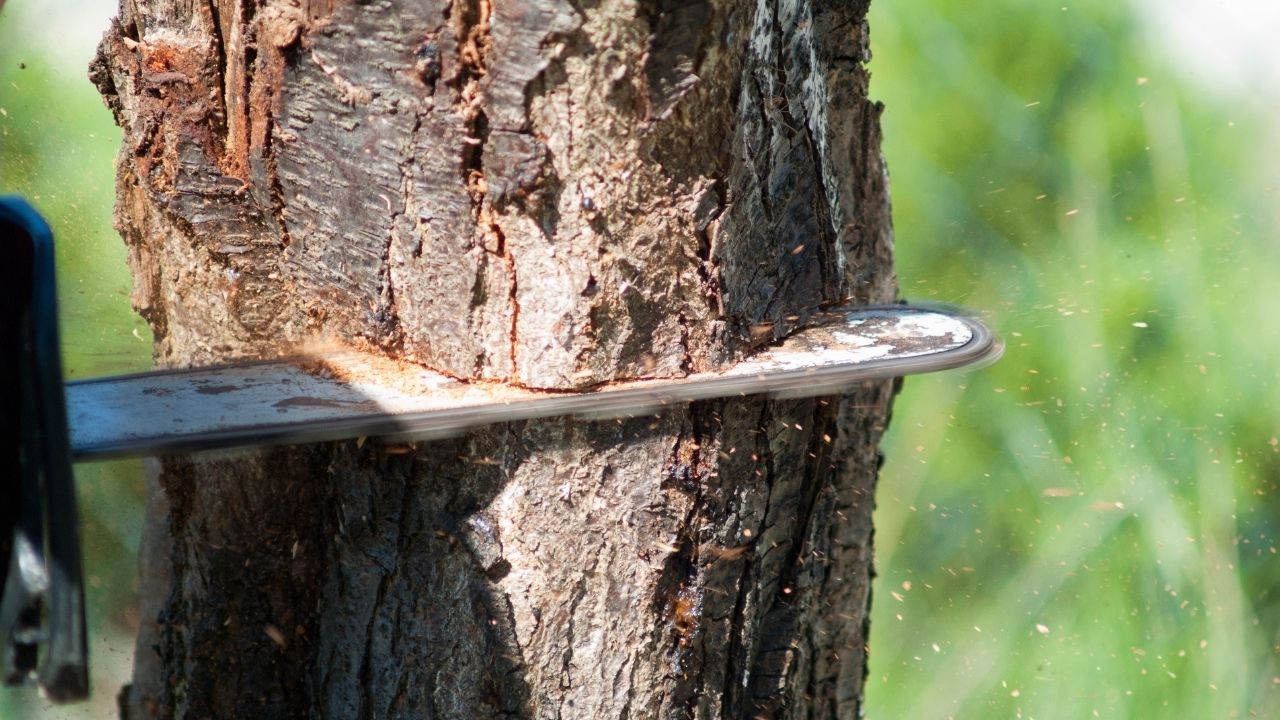
It also has an arm to adjust the height of the blade. You can bring that blade up or down according to the material you are cutting. Which resembles the band saw. But track saw requires fewer efforts. You just have to align the wood you need to cut to the rails, and then it will glide through.
The best thing about this is that it offers very long, straight, and clean cuts without much effort.
To Sum Up
Woodworking is impossible without a saw. Whether you are a beginner or a pro woodworker, you’ll find a saw to serve your needs. Keeping the features mentioned above will make it very easy for you to get the right one without any fail.



